Every realtor battles every day to grab buyers’ attention, but most fail due to their lack of attention-grabbing and inconsistent real estate photos. As you know, photographic technology in every industry gets the most exposure on the internet today, so why was the real estate industry left behind?
In the competitive world of real estate, captivating potential buyers is the key to success. However, many realtors struggle to stand out from the crowd due to their lackluster and inconsistent real estate photos. In today's digital age, where visual content reigns supreme, it's crucial to embrace the power of 3D real estate photography.
What is 3D Real Estate Photography?
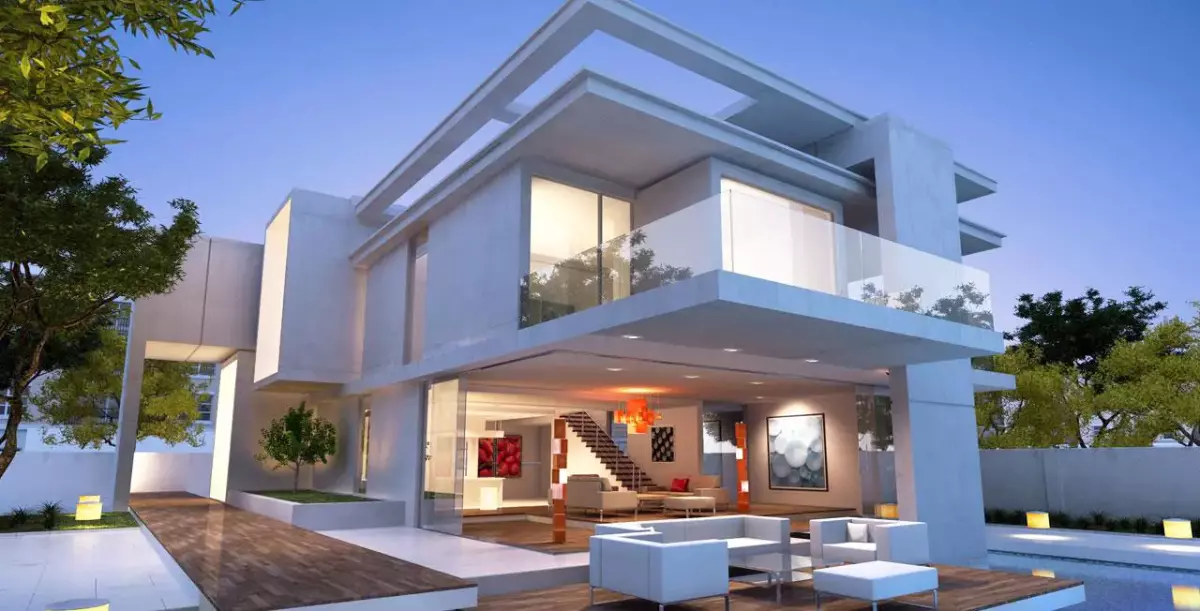 Image: What is 3D Real Estate Photography
Image: What is 3D Real Estate Photography
3D real estate photography is a specialized photography style that captures a three-dimensional representation of a property for sale or rent. Unlike traditional 2D photos, 3D photography aims to showcase every corner and highlight the unique features of a property, enticing potential buyers or renters. It combines still photos, videos, and 360-degree panoramas to create an immersive experience.
Styles of 3D Real Estate Photography
When searching for real estate properties online, you may come across various styles of 3D virtual tours that allow you to virtually explore a property. Let's delve into some of the popular styles:
Dollhouse View
Dollhouse view presents a miniature version of a real estate property in a three-dimensional format, similar to a dollhouse. This style is achieved using specialized software that creates a 3D model of the property. It is particularly useful for interior design and property architecture, providing experts with a detailed visualization of the space.
Aerial Close Up View
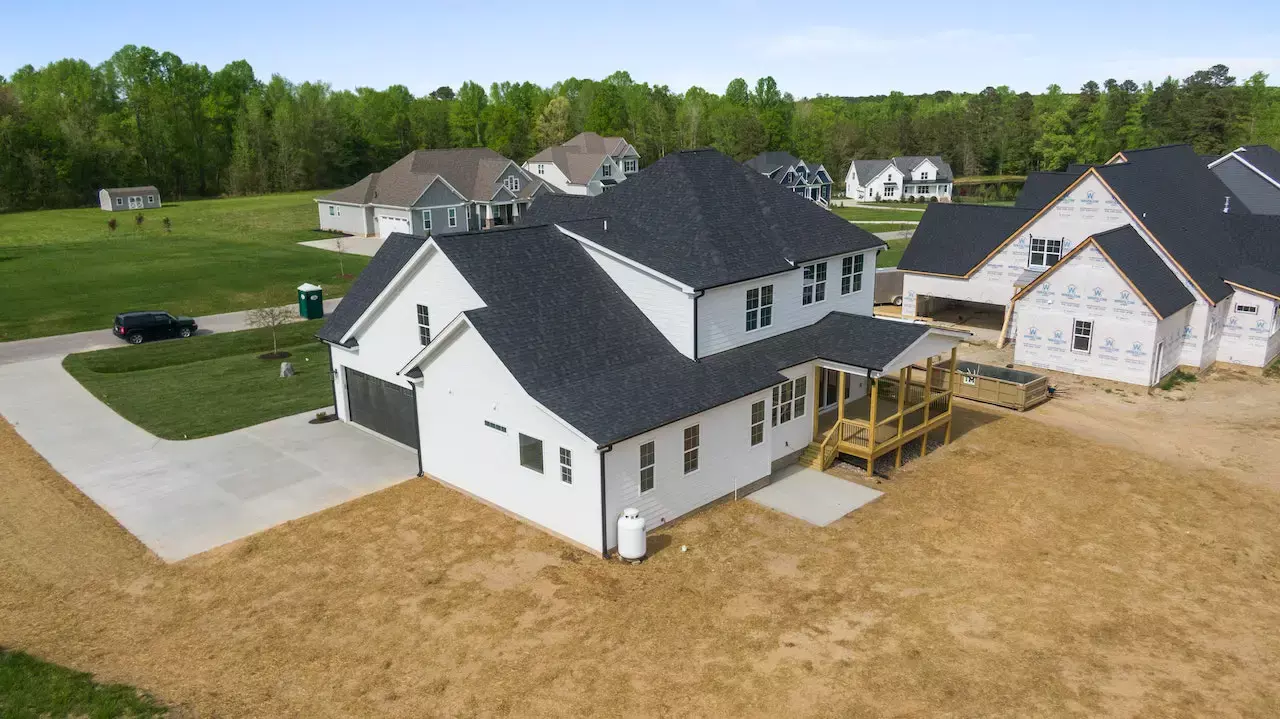 Image: Aerial Close Up View
Image: Aerial Close Up View
Aerial close up view involves capturing shots of properties from a high vantage point using drones or helicopters. This style allows real estate photographers to create visually stunning images that showcase the layout, location, and size of the property.
Eye Level Shots
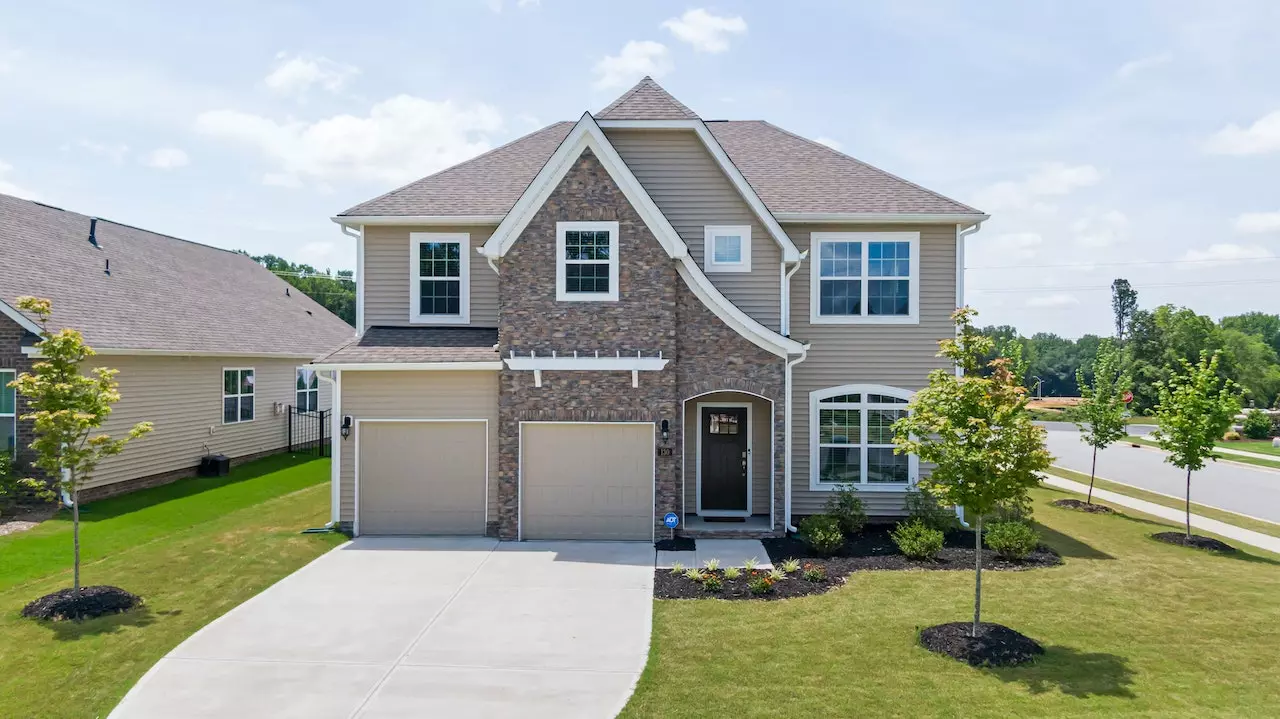 Image: Eye Level Shots
Image: Eye Level Shots
Eye level shots are taken at a height of approximately 5 feet above the ground, providing a realistic view of the property. By capturing the entire space from this perspective, potential buyers can envision themselves walking through each room, gaining a comprehensive understanding of the property's layout and composition.
Floorplan or Bird’s-Eye View
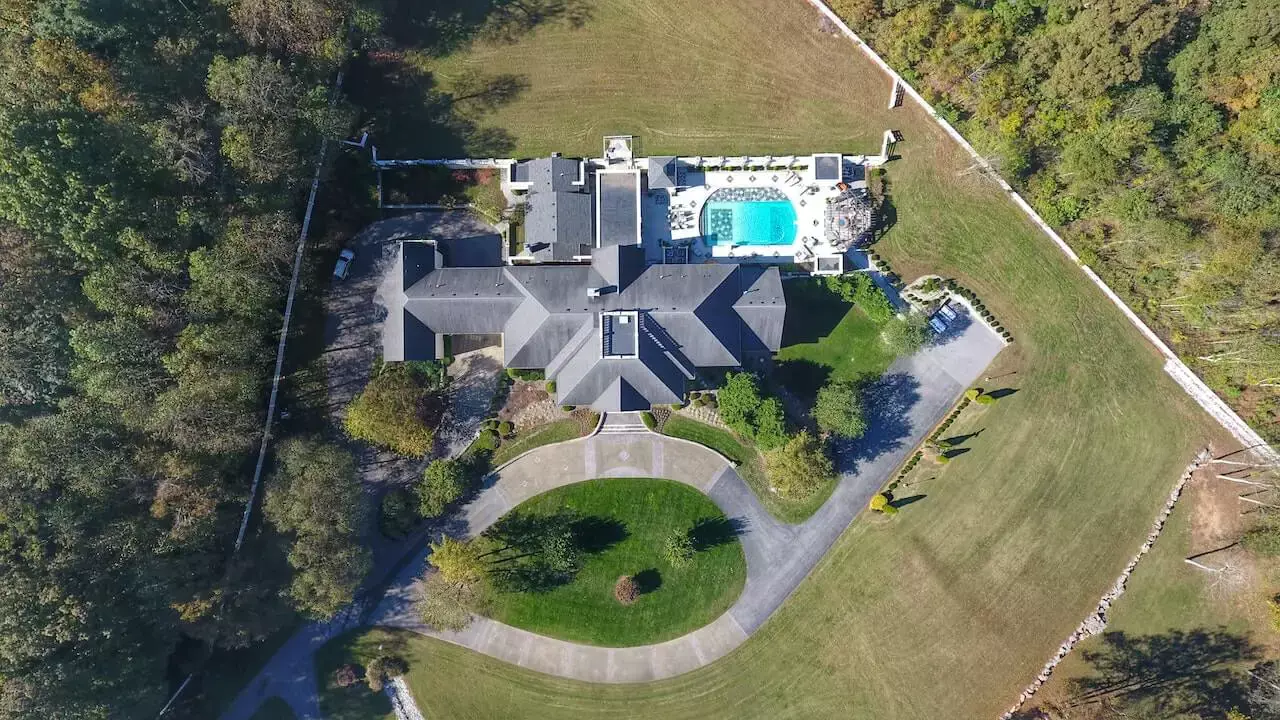 Image: Bird's-Eye View
Image: Bird's-Eye View
Floorplan or bird’s-eye view captures a virtual 3D model of a building's floor plan from a high vantage point. This technique provides potential buyers with a 360-degree view, showcasing the property's layout and allowing them to visualize the space accurately. It is especially beneficial for residential properties, where buyers can assess the property's suitability before making a decision.
3D Walkthrough - 3D Virtual Tours
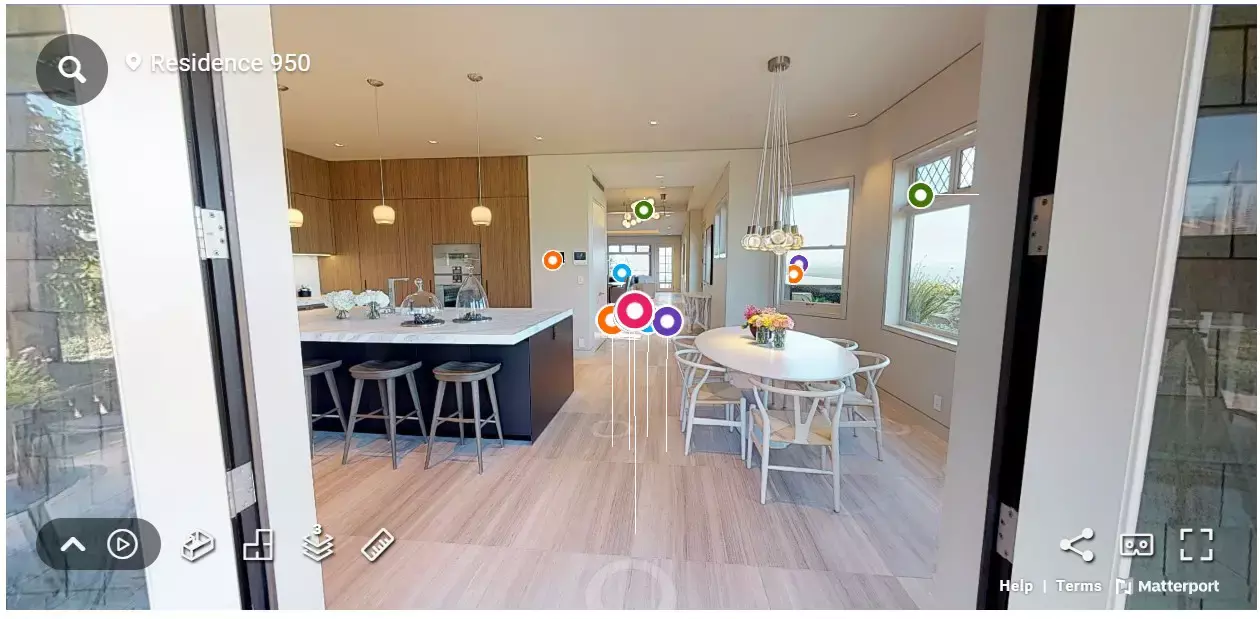 Image: 3D Walkthrough
Visit for live experience
Image: 3D Walkthrough
Visit for live experience
3D walkthrough or 3D virtual tour is a cutting-edge style of photography that allows potential buyers or renters to virtually explore a property from all angles. By using special cameras and software, real estate photographers create a seamless 3D model of the property. This style offers a sense of presence, excitement, and exploration, giving buyers a realistic experience even when they are unable to visit the property physically.
Best Practices for 3D Real Estate Photography
Now that we've explored the different styles of 3D real estate photography, let's delve into some best practices to achieve outstanding results:
Declutter the Property for 3D Photography
Preparing the property is crucial for capturing captivating 3D photos. Before the photoshoot, take the following steps to ensure an appealing visual aesthetic:
- Clear the floor and remove any clutter to create a clean and spacious feel.
- Arrange furniture and personal belongings to enhance the overall presentation.
- Create an inviting and relaxing ambiance by paying attention to details like lighting and decor.
Remember, a well-prepared property will make a lasting impression on potential buyers or renters.
Select the Right Equipment
To achieve high-quality 3D photography, it's essential to use the right equipment. Consider the following tools:
- Use a 360-degree camera with high FPS to create interactive and immersive virtual tours.
- Invest in a panoramic head tripod to capture a wider field of view and avoid blurry shots.
- Explore different lenses, such as wide-angle and telephoto lenses, to capture various perspectives.
- Utilize studio lights to ensure consistent and even lighting.
- Make use of a polarizing filter to reduce glare and reflections.
- Consider using a remote shutter to avoid camera shake.
- Take advantage of 3D computer software to create final, polished 3D images.
By using the right equipment, you can capture stunning visuals that grab the attention of potential buyers or renters.
Choose the Best Angles and Perspectives
The angles and perspectives you choose can make or break a 3D photo. Experiment with different angles to create dramatic and flattering shots:
- Eye-level shooting angles offer a natural look and add a touch of drama to the images.
- Drone angles capture aerial shots, showcasing the property's boundary, land size, and unique features.
- Low angles improve the floor-to-ceiling ratio, making the space appear visually appealing and spacious.
- Avoid using corner angles as they distort the room's perspective and make it appear smaller.
By mastering different angles and perspectives, you can create visually striking 3D photos that highlight the property's best features.
Highlight the Home's Special Features
Pay close attention to the special features of the property and ensure they are highlighted in your 3D photos. Showcase flooring, paintwork, decorative corners, kitchen sections, appliances, and ceiling designs. You can also add props like flowers, books, or candles to enhance the overall aesthetic. The more creative and attention-grabbing your photos are, the more likely you are to attract potential buyers or renters.
Editing and Post-Processing 3D Images
To create realistic and immersive 3D images, professional photo editing and post-processing skills are essential. Consider the following techniques:
- Color correction: Adjust the colors to create a visually pleasing image.
- Exposure correction: Enhance the brightness and contrast of the photos.
- Sharpening: Improve the clarity and sharpness of the images.
- Noise reduction: Reduce any unwanted noise or graininess in the photos.
- Adding textures: Enhance the visual appeal by adding textures to the images.
By implementing these post-processing techniques, you can elevate the quality of your 3D images and create a captivating virtual tour.
Benefits of 3D Real Estate Photography
Harnessing the power of 3D real estate photography offers numerous advantages for realtors, sellers, and even buyers. Here are some key benefits:
Enhanced Online Presence
By embracing high-quality 3D photography, real estate properties can attract more attention and sell or rent at a higher value. 3D virtual tours provide potential buyers with a comprehensive view of the property, even without physically being present. This improved visual quality enhances property listings, increasing their visibility in search engine results. As more homebuyers turn to online platforms for property information, the visual impact of 3D real estate photography becomes crucial.
Increased Engagement
Interactive and immersive, 3D real estate photos capture the attention of potential buyers. When shared on social media or websites, these photos generate high levels of engagement. According to Matterport statistics, properties with 3D virtual tours receive 95% more inquiries compared to those without. The ability to explore every nook and cranny of a property sparks curiosity and drives potential buyers to take action.
Better Property Showcasing
Compared to traditional 2D photography, 3D real estate photography offers a superior presentation. With 3D images, potential buyers can accurately gauge the height, shape, and position of the property. This realistic view provides a holistic understanding of the property's layout, allowing buyers to make informed decisions. By showcasing the property in its best light, 3D photography creates a lasting impression and increases the chances of a successful sale or rental.
Improved Buyer Experience
3D real estate photography enhances the buyer's experience by providing an authentic depiction of the property. Buyers can explore the property from various angles, gaining a sense of presence and excitement. The transparency and accuracy offered by high-quality 3D images instill confidence in the buyer, leading to faster decision-making. By providing an immersive experience, 3D real estate photography facilitates the buyer's journey and promotes trust between the buyer and seller.
Wrap-up
As the demands of the real estate market continue to evolve, 3D real estate photography has emerged as a powerful tool for realtors and sellers. Its ability to engage potential buyers, enhance online presence, showcase properties effectively, and improve the buyer experience makes it an invaluable asset in the industry. Embrace the technological advancements of 3D photography and seize the opportunity to stand out in a competitive market. With the right equipment, attention to detail, and a touch of creativity, you can leverage 3D real estate photography to propel your business forward.
Share your thoughts below and join the conversation!

















